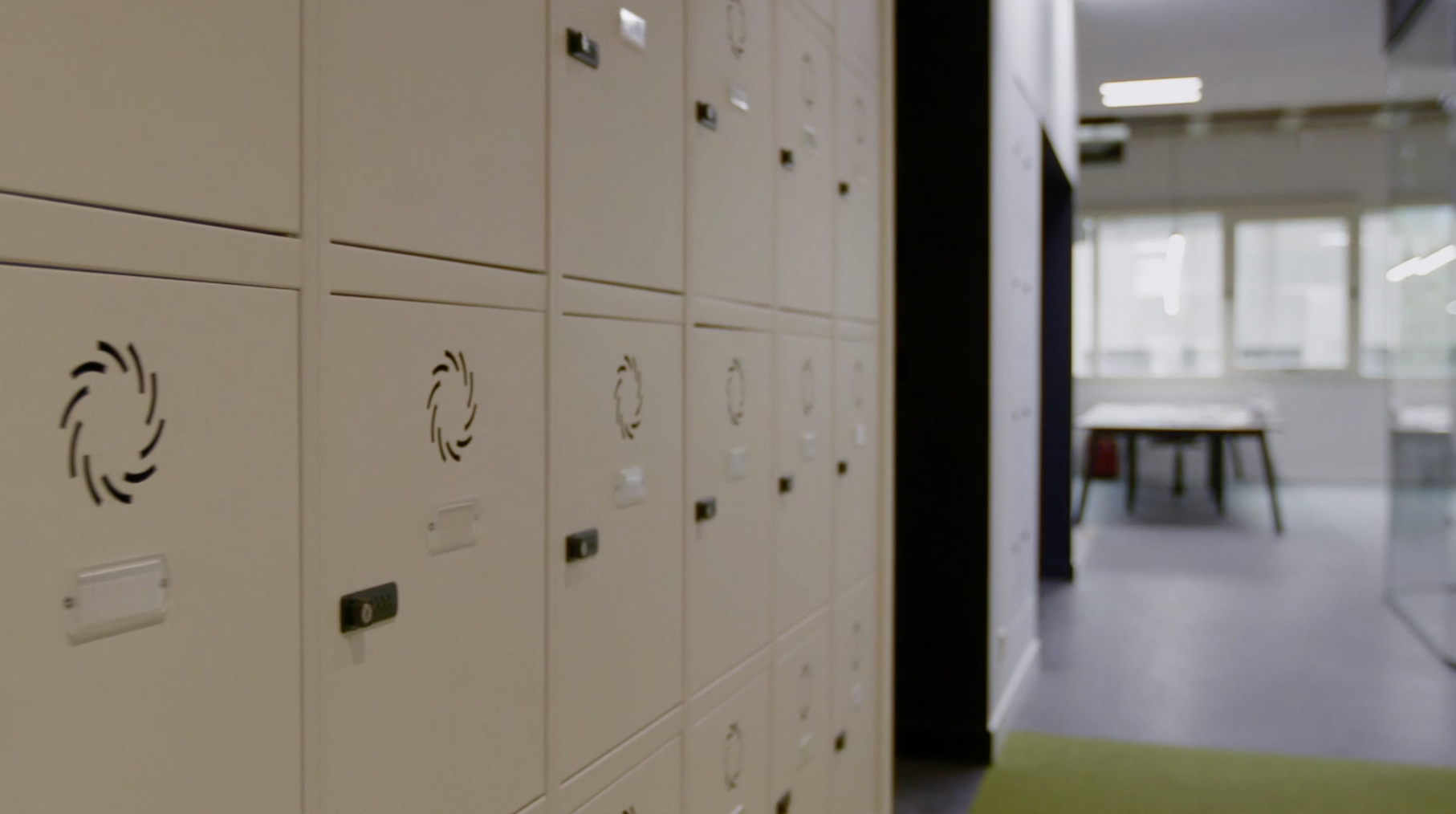
Three keys to working effectively on Artificial Intelligence projects
On many occasions, the biggest impediments to creating Artificial Intelligence solutions do not lie in the capacity of the teams, which are highly qualified, but in establishing an effective way of working between the different professional profiles involved in the cycle of creating analytical models. This is one of the main tasks we are currently tackling at BBVA AI Factory. A task guided by three concepts: simplify, accelerate and reuse.
My first direct contact with the AI Factory took place in April 2020, in the middle of confinement. I found myself with a team of data scientists who were extremely competent in creating AI models, but who needed to continue promoting common working guidelines to be able to deal with the complexity -both organisational and technical- that exists in the field of Engineering. In the end, models and data engines have to be integrated into the Bank’s different channels to be made available to our customers, so it is essential to work together as a team. The best models are those that reach the end user.
One of the main chapters we are starting to work on is precisely to simplify the collaboration model between the worlds of data science and engineering, reducing organisational complexity and allowing teams to gain autonomy. It is important to understand the complete development cycle (data preparation, engine development and integration) and the role of each team in each phase, trying to eliminate blockages produced, on many occasions, by incorrect management of the dependencies between the different work groups.
Anticipating dependencies allows us to speed up the delivery of models and data engines, also managing to parallelise the work of all the teams. Without a doubt, being able to gather feedback as soon as possible on how our models behave is a fundamental aspect for us. Our aspiration is to reduce the total time we spend on building analytical models, from the definition phase of the solution for a specific business need until it is put into production. In this sense, it is key to measure these times in detail and use this metric as a lever for the continuous improvement of the entire development cycle. In short, it is a matter of reducing downtime, being more efficient and responding better to the expectations of the teams.
The third major challenge for making work in Artificial Intelligence more efficient is to be able to reuse developments as much as possible. We start from a way of working in which data scientists and Machine Learning engineers work on specific projects in which they have a partial vision of the problem to be solved. We have to integrate all these visions and build global data products that can be reused in the different areas and countries in which BBVA operates, so that when we design a new data-based product we can export and adapt it much more easily. Right now synergies are detected, but sometimes teams face similar challenges without taking into account the previous work and experience of other areas.
With these ideas in mind, I join as COO (Chief Operations Officer) to this great team that is the AI Factory, recently established as a BBVA Group company, acting as a bridge between the worlds of Data and Engineering. And I am fortunate to do so alongside Francisco Maturana (CEO of the company) and Ricardo Oliver (head of Data Engineering at BBVA), from whom I receive fundamental support and with whom I am fully in tune in the implementation of these working guidelines. In recent years I have been working in the Architecture & Global Deployment team, after spending most of my career at BBVA in the field of technical and banking architectures, both in Spain and in different countries in the Americas (Mexico, Peru, Colombia, Venezuela and the United States). I am now looking forward to meeting my colleagues from the AI Factory in person, when the health situation allows it, and to thank them for the great welcome I have received.
Finally, I would like to mention the reason why we want to continue advancing in the lines of work I mentioned earlier. In the end, our purpose is none other than to squeeze all the potential offered by Artificial Intelligence, whether in decision-making, in process optimisation or in the creation of products that offer added value to our customers. That is why we are working on aspects such as interpretability and fairness in analytical models. We are convinced that AI will bring significant benefits to society in general and to our customers in particular, creating a closer banking system that supports the best financial decisions. And that is where we want to be.